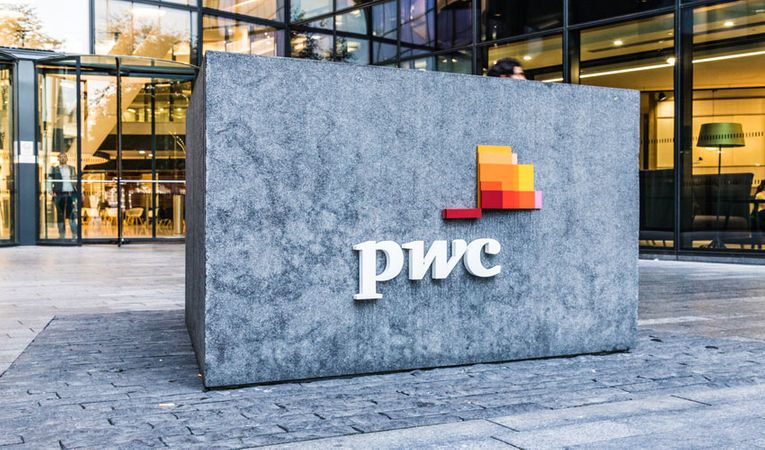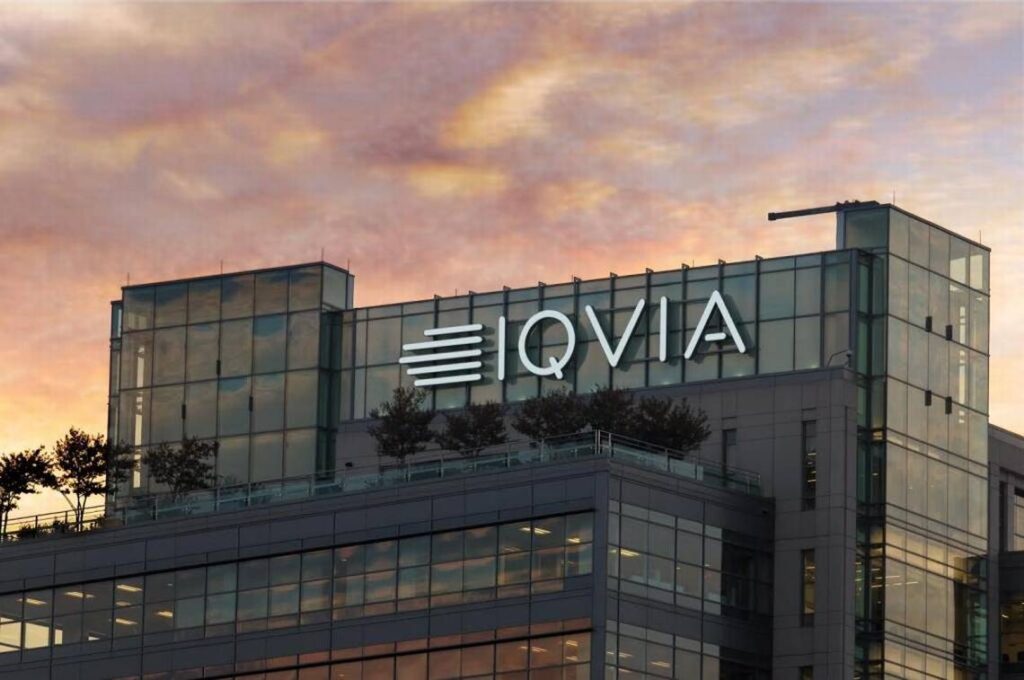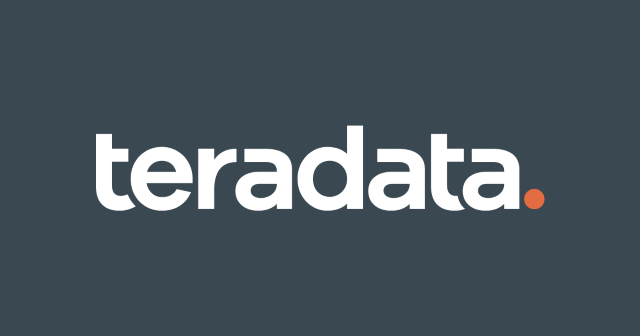PricewaterhouseCoopers, Second-Largest Business Services Chain In The World.
PricewaterhouseCoopers or PwC is a global network of professional services firms that operate as partnerships. Along with Deloitte, EY, and KPMG, it is amongst the Big Four accounting companies and has the second-largest business services chain in the world.
About The Company
Founded in 1998, PwC is an international network of services firms providing services like Services Assurance, Risk assurance, Tax advisory, Legal Services, Data & Analytics, and Management consulting. Financial advisory and Forensic accounting. PwC firms have over 2,84,000 employees across 157 countries and 742 locations. PricewaterhouseCoopers International Limited is a coordinating body for the worldwide network of firms with headquarters in London. In order to establish a standard and unified approach in areas like risk, quality, and strategy, it oversees the worldwide brand and develops policies and programs. It doesn’t offer customers any services.

History Of The Company
The term “Cooper” in PricewaterhouseCoopers is derived from William Cooper, a London accountant who established a business in 1854 with his brothers. The aptly named Cooper Brothers amalgamated with two North American companies a century later and named it Coopers & Lybrand.
An accounting firm was established in London, England, in 1849 by accountant Samuel Lowell Price. In 1865, Price formed a company with Edwin Waterhouse and William Hopkins Holyland. Holyland left soon after to continue accounting alone, and the company became Price, Waterhouse & Co. in 1874. Price Waterhouse and Coopers & Lybrand combined in 1998 to establish PricewaterhouseCoopers (PwC). Following the merger, the company, like other significant accountancy firms, had a sizable professional consulting section that provided the majority of its fees. The adoption of intricate integrated enterprise resource planning (ERP) systems by multinational corporations served as the primary driver of growth in the 1990s.
Acquisitions
Omnilogic Systems, Canada’s biggest SAP consultancy partner, was purchased by PwC in 2000. In 2009, PwC started to rebuild its consulting practice through acquisitions, including Paragon Consulting Group and BearingPoint’s commercial services division. The leading Middle Eastern implementation partner for Salesforce, NSI DMCC, was bought by PwC in November 2016. In 2018, Veritas Capital purchased PwC’s U.S. public sector division and renamed the new entity Guidehouse.
Operations
PwC is a collective term for the PwC network and its affiliated companies, with each company having a distinct legal entity under applicable local laws. Each member company is independently owned and operated, much like other professional service companies. PricewaterhouseCoopers International Limited, a private corporation limited by guarantee under English law, oversees PwC. PwC is additionally listed as a multifunctional organization that offers legal services. PwC operates globally, with 44% of its operations in the USA as of 2016. The company’s service line consists of Assurance, Advisory, and Tax services. PwC also contributes to data analysis in a variety of fields. In a 2016 analysis, PwC predicted that by 2020, the global drone market would be close to $127 billion, with Poland leading the way in legislation governing unmanned drones’ commercial usage. The Low Carbon Economy Index, which monitors how much the G20 nations are lowering their carbon emissions, is published by PwC. PwC Portugal is working on a lengthy study project called The Economy of the Sea. It is a component of the HELM project, which was started in 2006 and aimed to develop an integrated strategy for effective and sustainable maritime activities. It gathers information from countries that use the sea as well as the sectors that depend on it and analyses best practices from around the world. Total Impact Measurement and Management (TIMM) is a methodology created by PwC to help businesses conduct impact assessments that will enable them to value all their operations, goods, and services.
Founder – Samuel Lowell Price
English accountant Samuel Lowell Price was born in London. The accounting firm Price Waterhouse, which is now a part of PricewaterhouseCoopers, was co-founded by him, William Hopkins Holyland, and Edwin Waterhouse. He began his career as an accountant at a young age, joining the neighborhood business of Bradley, Barnard & Co. He formed a company with William Edwards in 1848, but it was dissolved by 1849. Later in the year, he went solo and founded the now-famous firm PwC.

I am a law graduate from NLU Lucknow. I have a flair for creative writing and hence in my free time work as a freelance content writer.


